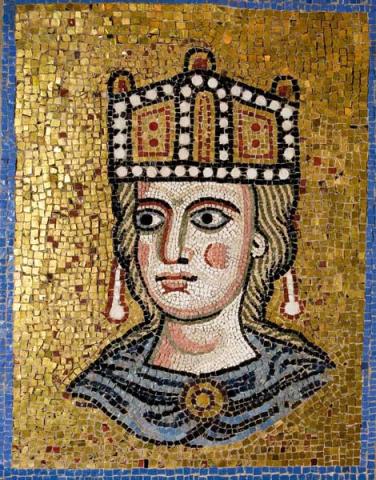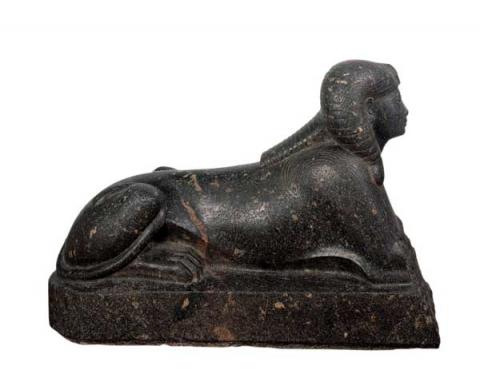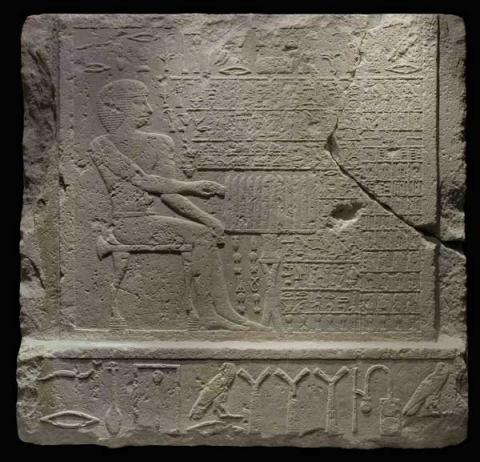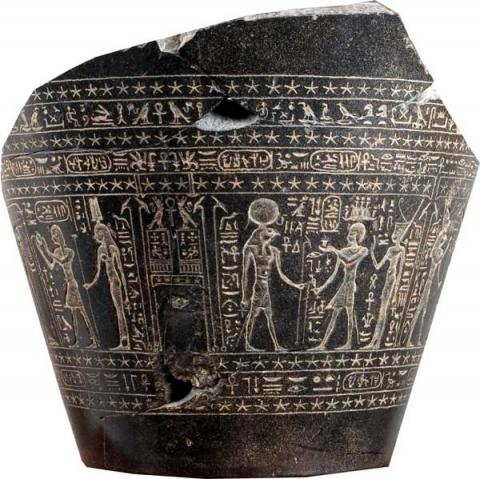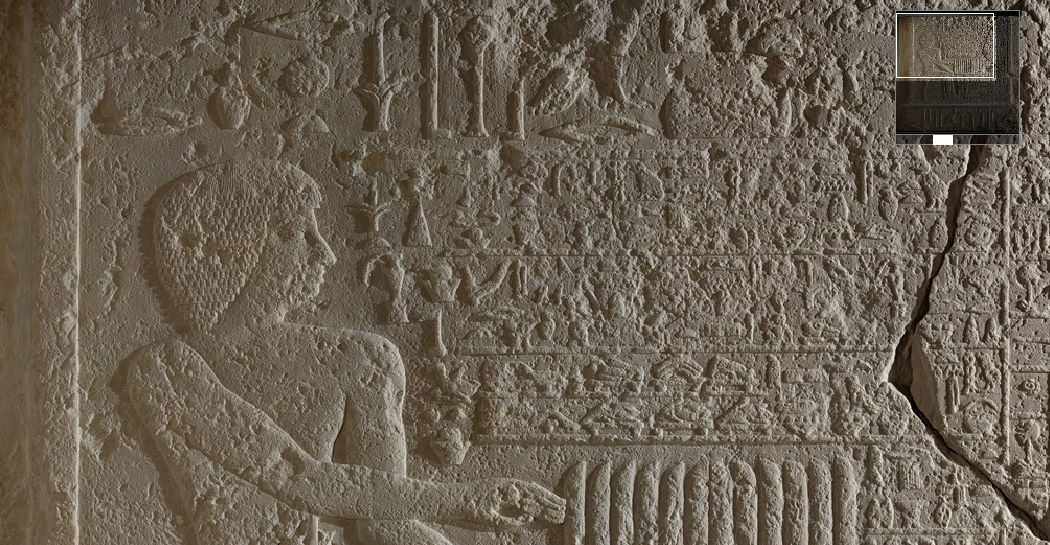The “Farnesina ai Baullari”
The elegant 16th-century palace that houses the Barracco collection was built between 1520 and 1523 for the Breton prelate Thomas le Roy, who had come to Rome in 1494 in the retinue of king Charles VIII of France. Le Roy was active in the Roman Curia during the reigns of popes Alexander VI, Julius II, Leo X and Clement VII.
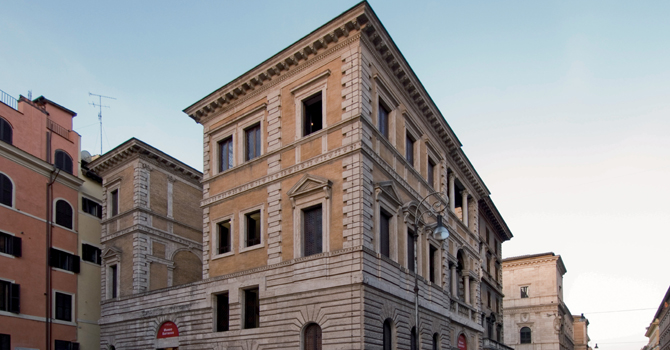
The owner’s name and the date of construction are confirmed in two incriptions found during renovation work in 1900 and displayed in the courtyard: “Toma Regis Brito de Meczaco / Redonen(sis) Dioc(esis) Camere Ap.lice / clericus abbre(tor) de maiori et / scriptor ap.lic me fieri fecit / MDXXIII” (“Thomas Regis, Breton from Meczac, in the diocese of Redon, senior cleric of the Chancery of Apostolic Briefs and apostolic writer, had me built in 1523”).
The symbols of the lilies of France and the ermines of Brittany carved on the stringcourses of the palace go back to the Frenchman who built it. Since the lilies were also the emblem of the Farnese family, the building was improperly known as the Farnesina ai Baullari , the Little Farnese Palace on the Trunk-Makers’ Street.
Some scholars attribute the architectural design to Antonio da Sangallo, based on 16th-century drawings that show the floor plan and the façades. More recent research attributes it to Jean de Chenevières, architect of the nearby church of San Luigi dei Francesi.
In the 17th century, the palace belonged to the Silvestri family, which added decorative frescos with its own emblems (black scorpion on a gold ground) and the bees of the Barberini family, with which the Silvestris had kinship ties.
In 1886-90, when the area was being transformed by the construction of a new east-west artery, Corso Vittorio Emanuele II, the building underwent major changes, planned by Enrico Guj. As the buildings adjacent to the palace had been torn down to make way for the new avenue, the whole side of the palace facing Corso Vittorio had to be rebuilt.
On this occasion, important archeological remains were discovered beneath the building: those of a Roman house of the 3rd-4th century A.D., arranged around a colonnaded courtyard. A series of frescoes painted in late antiquity was also discovered in the house, with scenes of hunting and fishing; these were eventually detached and displayed in a room on the ground floor.
The “Farnesina ai Baullari” has housed the Barracco collection since 1948.


























